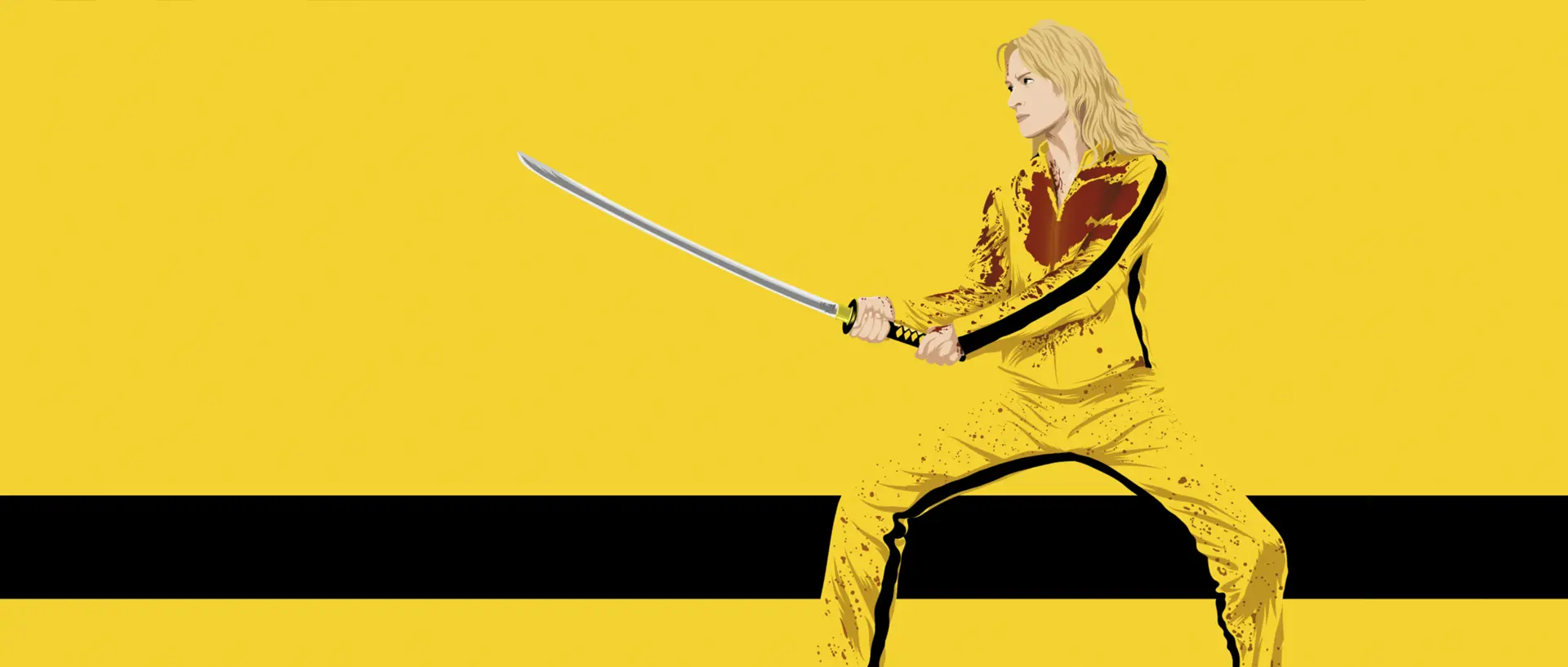For over two decades, it has existed as a cinematic legend, glimpsed only at exclusive screenings. Now, fans of Quentin Tarantino are finally set to witness the director’s ultimate, uncut vision: Kill Bill: The Whole Bloody Affair.
Lionsgate has announced that the colossal film, which merges Volume 1 and Volume 2 into a single, unrated epic, will receive its first-ever nationwide theatrical release on December 5, 2025.
The Single, Unrated Epic
When Kill Bill was originally released in 2003 (Volume 1) and 2004 (Volume 2), the story of Beatrix Kiddo’s roaring rampage of revenge was split due to its massive runtime. Tarantino always maintained that he wrote and directed it as one cohesive movie.
The Whole Bloody Affair is that movie.
- Runtime: The combined film clocks in at a hefty 281 minutes (over 4.5 hours), which includes a much-needed 15-minute intermission.
- The Original Flow: The film removes the cliffhanger ending that defined Volume 1 and the recap sequence that opened Volume 2. This creates a seamless, chronological narrative flow, allowing the massive twist regarding The Bride’s daughter to land with its intended, full impact at the climax.
The Unseen Footage That Changes Everything
While the combined run time is the main draw, the appeal for die-hard fans lies in the specific, unseen, and uncensored footage that restores Tarantino’s original intentions:
- Extended, Full-Color Crazy 88 Fight: In the original theatrical cut of Volume 1, the infamous sword fight at the House of Blue Leaves shifts to black and white to avoid an NC-17 rating for excessive gore. In The Whole Bloody Affair, this entire, chaotic sequence is presented in its original, unrated, glorious color, making the carnage significantly more visceral and intense.
- New Anime Sequence: The combined film reportedly features a never-before-seen, seven-and-a-half-minute extended anime sequence detailing the backstory of O-Ren Ishii (Lucy Liu). This adds new layers of intensity to the animated violence, including more explicit depictions of her revenge.
- Filmmaker’s Format: Tarantino himself has urged audiences to see this version “at a movie theater in glorious 70mm or 35mm,” emphasizing that the film’s homages to martial arts and exploitation cinema were designed for the biggest screen possible.
This release is more than just a re-packaging; it is a cinematic event that finally presents one of the most celebrated and debated films of the 21st century exactly as its master intended.
Discover more empowering stories and insightful content like this on GRISU TIMES, your go-to destination for inspiration and knowledge.
Follow GRISU TIMES on Instagram: https://www.instagram.com/grisutimes/

